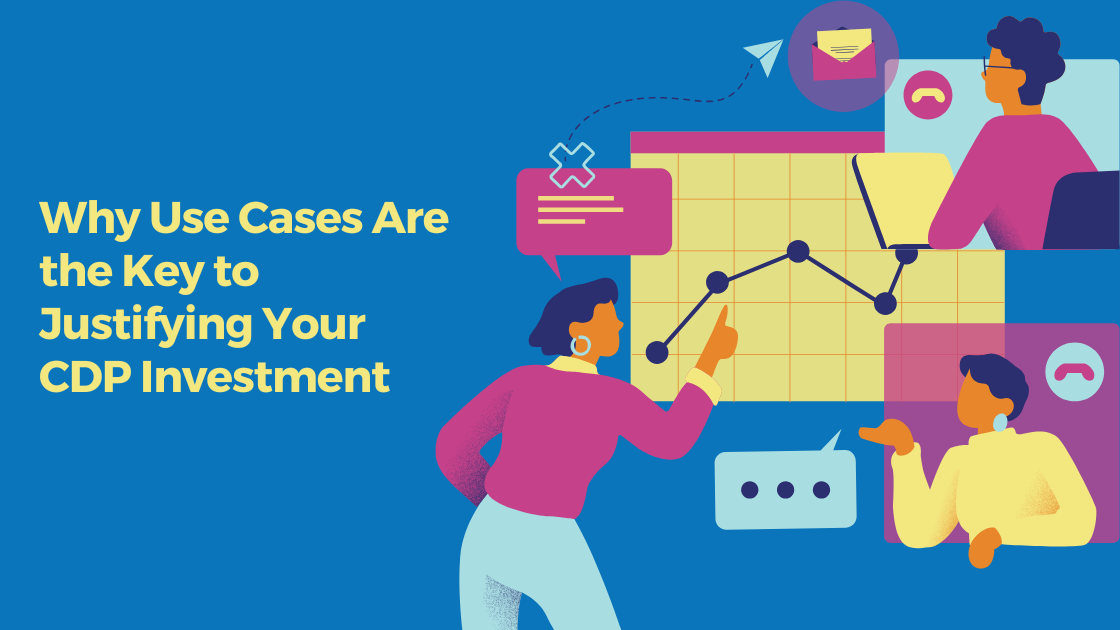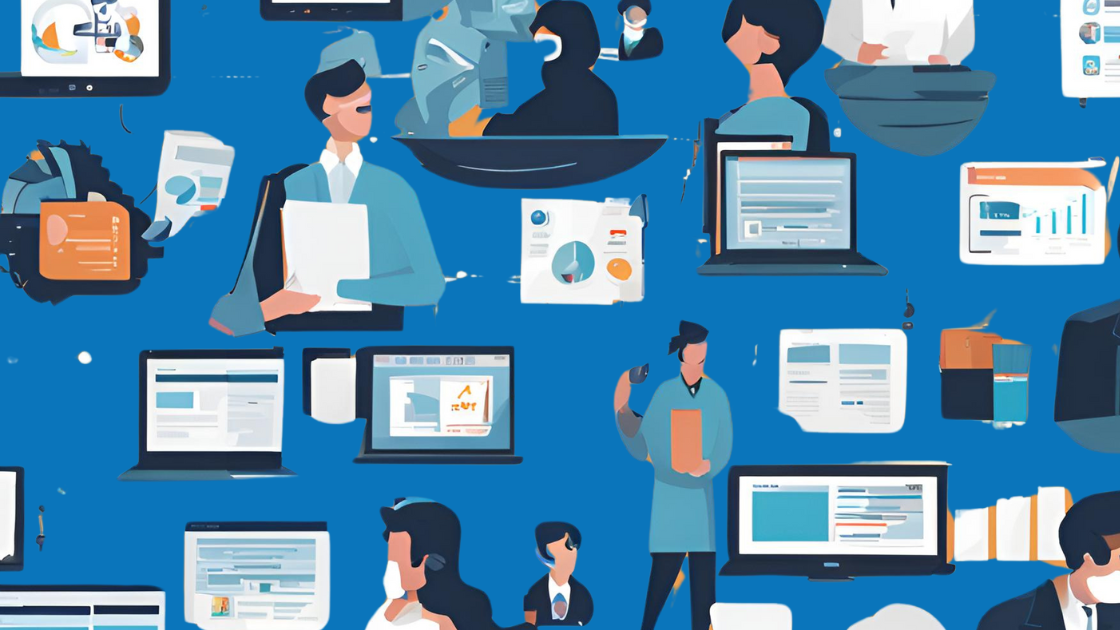-
MarTech Services
- HubSpot
- OneSignal
HubSpot
Technical Consulting
Partner with experts who understand your HubSpot systems and business needs inside out.
Revenue Operations
Drive revenue growth with tailored RevOps strategies designed for HubSpot users.
Hubspot Integration Services
Seamlessly integrate HubSpot with your existing tools to enhance operational efficiency.
Sales Enablement
Boost your sales team’s efficiency with focused HubSpot Sales Enablement solutions.
CRM Data Migration
Effortlessly migrate your CRM data to HubSpot with precision and support.
Hubspot Onboarding
Efficiently onboard clients to HubSpot, ensuring a smooth transition and rapid platform adoption.
HubSpot Administration
Maximize your HubSpot investment with expert management and optimisation tailored for HubSpot clients.
Marketing Assets Development
Develop, deploy, and manage digital assets, ensuring a fresh and engaging presence.
-
Solutions
-
Website Services
Website Development
We bring together expertise, creativity, and measurable results, making us the go-to choice for HubSpot website creation.
Website Migration
Our approach to website migration goes beyond a technical transfer; we prioritize a user-centric experience.
Website Maintenance
Optimize your online presence with effective, growth-driven websites focusing on nurturing website visitors, creating and deploying content, and tracking progress with precision.
Website Audit
Is your website performing at its peak? Our CMS Consultants are here to help you find out with our comprehensive Website Audit service.
-
Resources
-
Company
Clients
We have worked with clients from various industries across the globe, making our journey diverse and exciting.
Team
We put decades of experience where our mouth is. So what you get is market-tested and tried, not theory. We believe in plain speak, which we believe works better than jargon.
Solutions Partner
BlueOshan is not just a partner; we are among the most experienced and adept in the HubSpot ecosystem.
- Contact Us
Why is a CDP essential for D2C Brands?
Mahesh Ranganathan
December 20, 2024

As the marketing director of a rapidly growing skincare brand, Sarah has been trying to piece together customer data from five different platforms. Her team had the data they needed somewhere.
But connecting the dots between their e-commerce platform, email marketing tool, social media analytics, and customer service system felt like solving a complex puzzle with pieces from different boxes.
Sound familiar? If you’re in a similar field, you’ve likely experienced this scenario firsthand. The promise of direct-to-consumer business is the ability to build meaningful, data-driven relationships with your customers. But as Sarah discovered, having data isn’t the same as being able to use it effectively.
The modern D2C Dilemma
A customer browses your website on their phone during lunch break, abandons their cart, opens your promotional email that evening, and finally makes a purchase through your mobile app the next day.
Then, they reach out to customer service about shipping on Instagram. Each interaction creates valuable data - but in most cases, these touchpoints exist in separate silos, giving you a fragmented view of your customer’s journey.
This is where a Customer Data Platform (CDP) comes in, but before we dive into the solution, let’s acknowledge the truth: CDP is the lifeline for D2C brands that are drowning in disconnected data.
What exactly is a CDP?
A CDP is a unified database that collects, organises, and activates customer data from every touch point in real-time.
Let’s return to Sarah’s story. She now opens a single dashboard and sees that a customer who first discovered their brand through Instagram has just made their third purchase.
The CDP shows their complete journey, from social media engagement to website visits, email interactions, purchase history, and customer service conversations. More importantly, it automatically uses this information to personalise the customer’s experience across every channel.
Beyond the basic CRM
You might be thinking that your CRM already does this. Let’s clear up the confusion with a real-world analogy.
Think of a CRM as a detailed guest book at a hotel. It records when guests check in, what room they’re in, and any special requests they make at the front desk—essential information, but limited.
A CDP, on the other hand, is like having a personal concierge who not only knows your guest’s room preferences but also remembers that they always work out at 6 am, prefer the hotel’s vegetarian menu options, and tend to order room service on a rainy day. It’s the difference between knowing your customers and truly understanding them.
Why D2C brands need a CDP
Personalisation
Meet Tom, founder of a D2C coffee subscription service. His company was growing, but customer churn was becoming a problem. After implementing a CDP, they discovered something interesting: customers who received personalised brewing guides based on their purchase history were 40% more likely to stay subscribed.
The CDP automatically identified when customers bought certain types of beans and triggered content about brewing methods, recipes, and complimentary products.
The result? A 25% increase in customer lifetime value within six months.
Efficiency
Remember Sarah? Her team used to spend hours manually segmenting customers and coordinating campaigns across different platforms. With their CDP:
- Customer segments update automatically based on real-time behaviour
- Marketing campaigns adapt on the fly to customer interactions
- Customer service has instant access to complete customer histories
- Product recommendations evolve with each customer interaction
Privacy
In an era of increasing privacy concerns, a CDP is crucial for maintaining customer trust. It helps:
- Centralise consent management
- Ensure compliance across channels
- Provide customers with transparent data access
- Build trust through responsible personalisation

How to choose your CDP
Here’s how to approach choosing a CDP:
Start with your Stories
- What are your current data frustrations?
- Which customer experiences do you wish you could deliver?
- What manual processes are slowing down your team?
Map your integration needs.
- List all your current tools and platforms
- Identify your most important data sources
- Consider future tools you might add
Define success
- Set clear metrics for improvement
- Establish timeline expectations
- Align CDP capabilities with business goals
The loyalty loop
A beauty brand leveraged their CDP to create what they call the “perfect post-purchase experience”:
- Triggered personalised tutorial videos based on purchased products
- Anticipated replenishment needs with timely reminders
- Suggested complementary products based on usage patterns
Outcome: 45% increase in repeat purchase rate
Taking the First Step
Starting your journey with CDP doesn't have to be overwhelming. Begin with a single use case that matters most to your brand. Maybe it’s unifying customer service and purchase data, or perhaps it’s creating more personalised email campaigns.
Remember Sarah? She started with a simple goal: understanding the relationship between customer service interactions and purchase behaviour.
That single insight led to improved support protocols that increased customer satisfaction by 28% and repeat purchases by 15%.
The Future is Connected
With D2C becoming more complex, a CDP will help your data work together to create experiences your customers will love.
Your customers are already telling you their stories through their interactions with your brand. A CDP helps you listen, understand, and respond in ways that matter to them.
Ready to transform how you understand and engage with your customers? Let’s talk about how a CDP can bring your customer data to life and create experiences that turn first-time buyers into lifelong advocates.
Mahesh Ranganathan
mahesh@blueoshan.comRelated Articles

January 20, 2025

November 25, 2024


